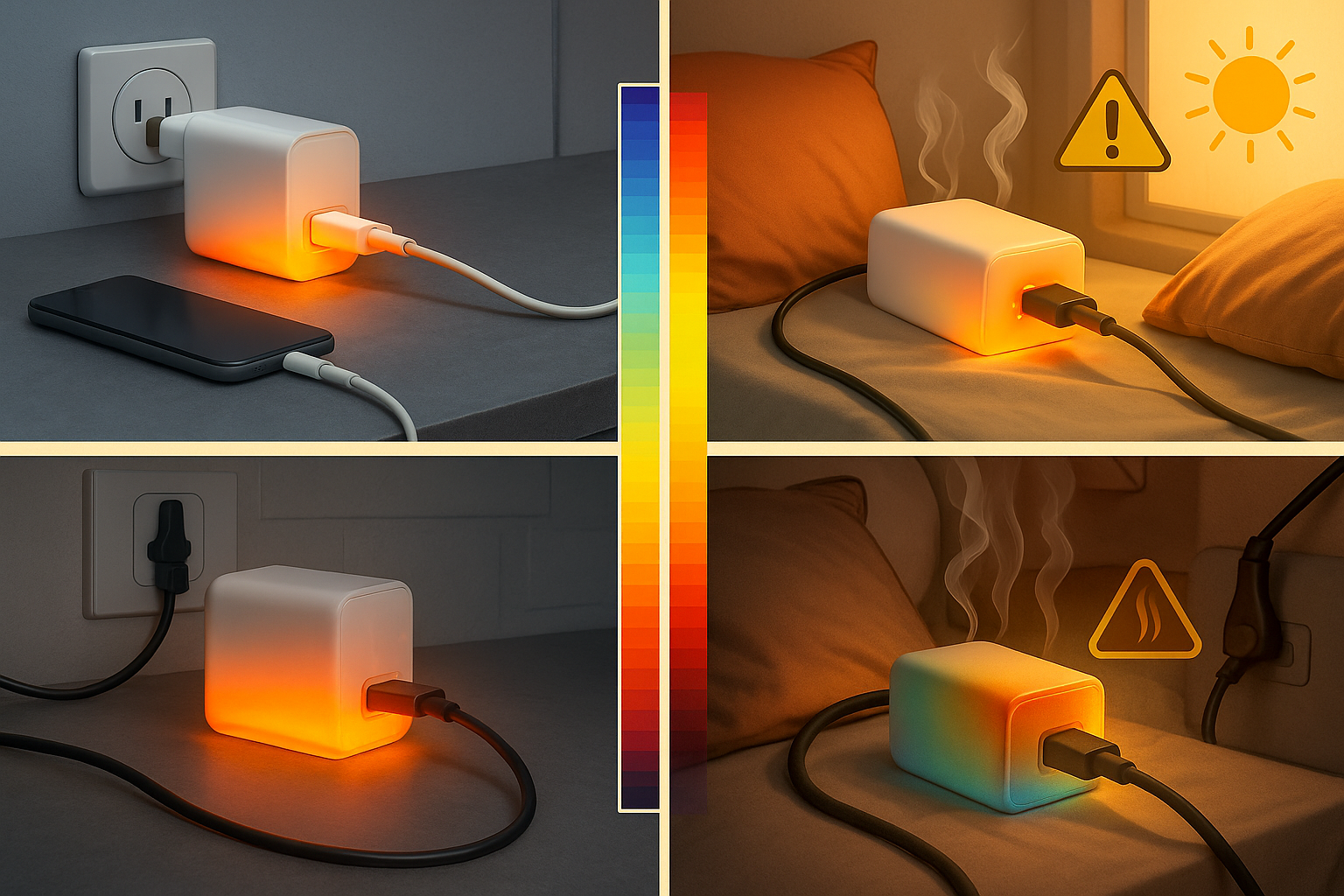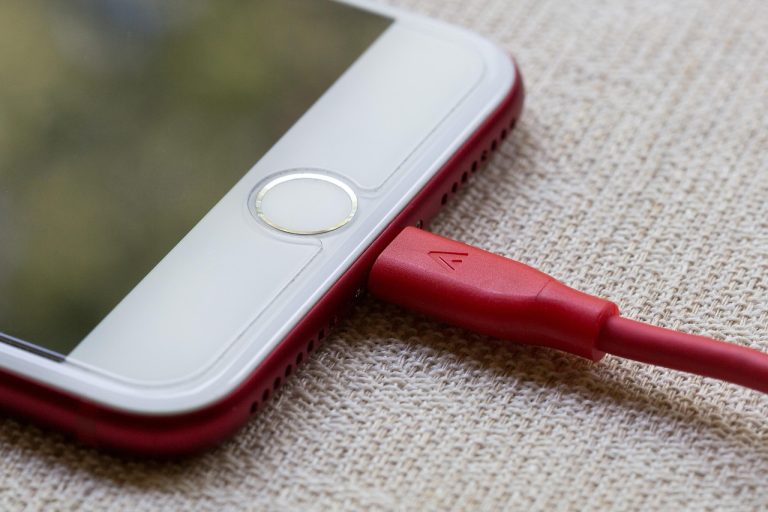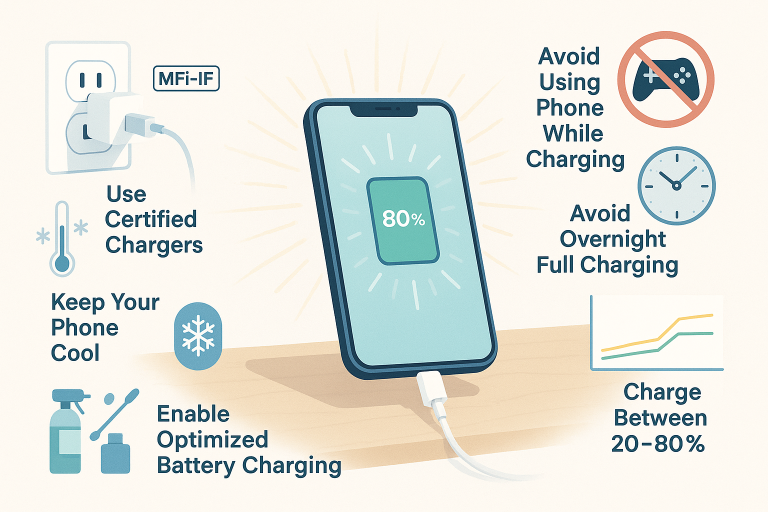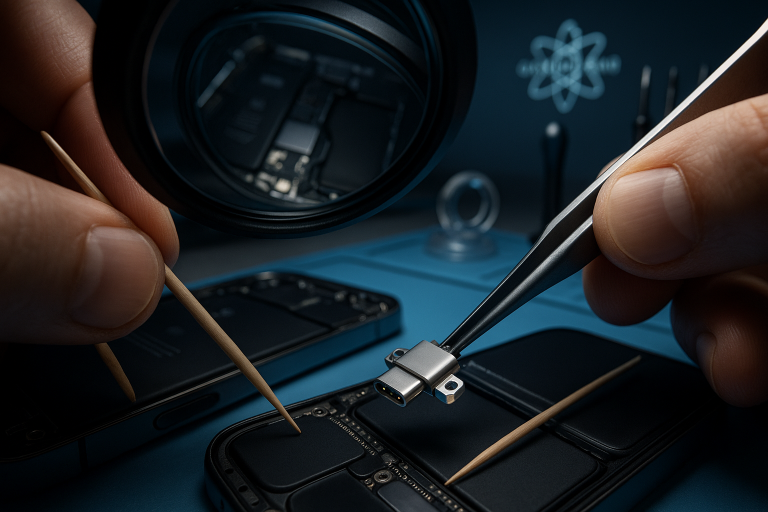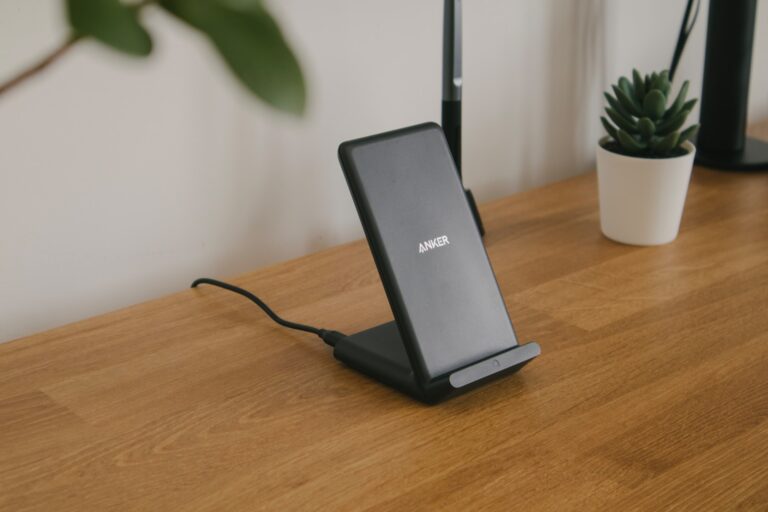Are chargers supposed to get hot?
In today’s hyper-connected world, chargers are indispensable. From smartphones and laptops to electric vehicles (EVs), we rely on these small but powerful devices to keep our technology running. However, many users have noticed their chargers getting warm—or even hot—during use, prompting concern: Is this normal? Or is it a sign of danger?
The truth is, some heat is expected during charging. But understanding the difference between normal warmth and dangerous overheating can prevent property damage, device failure, or even fire hazards. This comprehensive guide explores the science behind charger heat, identifies warning signs, explains root causes, outlines risks, and provides actionable safety strategies across all charging scenarios—from your phone to your EV.
Understanding Normal Heat Generation
All electrical chargers generate some degree of heat during operation. This thermal output is not a flaw—it’s a natural consequence of energy conversion physics.
When you plug a charger into an outlet, it converts alternating current (AC) from the wall into direct current (DC) that your device’s battery can store. This process involves multiple stages:
- Voltage transformation via internal transformers
- Rectification to convert AC to DC
- Regulation to maintain stable voltage and current
Each of these steps involves electrical resistance, which leads to energy loss in the form of heat—a phenomenon known as Joule heating (I²R losses). Even highly efficient chargers lose 10–20% of input energy as heat.
Why Some Chargers Get Warmer Than Others
Not all chargers behave the same. The amount of heat generated depends on several factors:
- Power output (wattage): Higher-wattage chargers (e.g., 65W laptop chargers or 300W EV chargers) handle more power, leading to greater heat generation.
- Efficiency rating: More efficient models (especially those using modern semiconductors like Gallium Nitride [GaN]) waste less energy as heat.
- Design and materials: Compact chargers with limited surface area for heat dissipation tend to feel warmer than larger units with better thermal design.
- Load conditions: A charger working at full capacity (e.g., fast-charging a nearly dead battery) generates more heat than one maintaining a full charge.
Industry Standards for Safe Operating Temperatures
Most consumer electronics and charger manufacturers adhere to international safety standards (such as IEC 62368-1 for audio/video equipment and UL 60950 for IT devices), which define acceptable temperature limits for user-accessible surfaces.
For typical charging devices:
| Charger Type | Normal Operating Range | Perceived Sensation |
|---|---|---|
| Smartphone (5W–20W) | 95°F–104°F (35°C–40°C) | Slightly warm, barely noticeable |
| Laptop (45W–100W) | 104°F–122°F (40°C–50°C) | Warm to touch, not uncomfortable |
| High-Power (100W–300W) | 122°F–140°F (50°C–60°C) | Clearly warm, but safe if properly ventilated |
| EV Chargers (Level 2, 7kW–19kW) | 122°F–140°F (50°C–60°C) | Warm casing; internal components may be hotter |
If the charger feels warm but does not cause discomfort when touched for 5–10 seconds, it is likely operating within safe parameters.
When Heat Becomes Dangerous: Warning Signs
While mild warmth is expected, excessive heat is a red flag. It often indicates underlying issues that could escalate into serious safety hazards.
Critical Warning Signs of Overheating
- Painful to Touch
If you instinctively pull your hand away after touching the charger, its surface temperature likely exceeds 140°F (60°C)—a threshold associated with potential burns and component failure. - Unusual Odors
A smell of burning plastic, ozone, or chemicals suggests insulation breakdown, melting components, or short circuits. This is one of the earliest indicators of imminent failure. - Physical Deformities
Look for:
- Swelling or bulging of the casing
- Discoloration (yellowing or browning)
- Melting or warping around ports or seams
These are signs of prolonged thermal stress and material degradation.
- Performance Issues
- Charging interruptions
- Drastically reduced charging speed
- Device not recognizing the charger
These may stem from thermal shutdown mechanisms activating due to overheating.
- Audible Anomalies
- Buzzing, humming, crackling, or popping noises
These sounds can indicate arcing, failing capacitors, or loose internal connections—often exacerbated by heat.

Temperature Thresholds: Normal vs. Danger Zone
Table: Normal vs. Dangerous Charger Temperatures
| Charger Type | Normal Range | Danger Zone | Potential Consequences |
|---|---|---|---|
| Smartphone (20W) | 95°F–104°F (35°C–40°C) | >113°F (>45°C) | Battery degradation, fire risk |
| Laptop (65W–100W) | 104°F–122°F (40°C–50°C) | >140°F (>60°C) | Insulation failure, connector damage |
| EV Chargers | 122°F–140°F (50°C–60°C) | >158°F (>70°C) | Throttled charging, system shutdown |
Note: Surface temperatures above 149°F (65°C) can ignite certain plastics or fabrics under sustained contact—especially in enclosed spaces.
Causes of Excessive Heat
Understanding why a charger overheats is key to preventing future incidents. Several interrelated factors contribute to abnormal temperature rises.
1. Poor Ventilation and Heat Trapping
Chargers need airflow to dissipate heat effectively. Common mistakes include:
- Placing chargers under pillows, blankets, or couch cushions
- Enclosing them in tight cabinets or behind furniture
- Covering them with papers or books
Without proper ventilation, heat builds up rapidly, reducing efficiency and increasing internal temperatures.
Thermal Runaway Risk: In extreme cases, trapped heat can trigger a feedback loop where rising temperatures increase resistance, which in turn generates more heat—a condition known as thermal runaway.
2. Environmental Factors
Ambient conditions play a major role in charger performance:
- High room temperatures (>85°F / 29°C) reduce the ability to cool down
- Direct sunlight (e.g., charging near a window) can raise surface temps by 20–30°F
- Humid environments may impair heat transfer and promote corrosion
EV owners should note: battery preconditioning is most effective when ambient temperatures are moderate. Charging in extreme heat or cold reduces efficiency and increases strain on both the charger and vehicle battery.
3. Component and Quality Issues
a) Damaged Cables and Connectors
Frayed wires, bent pins, or corroded ports increase electrical resistance, causing localized heating at connection points. Even minor damage can create hotspots that exceed safe limits.
b) Low-Quality or Counterfeit Chargers
Cheap, uncertified chargers often:
- Use substandard insulation and undersized components
- Lack overcurrent, overvoltage, and overtemperature protection
- Have poor PCB layout and inadequate heat sinking
Studies show counterfeit chargers can run 20–30°F hotter than genuine equivalents under identical loads.
c) Incompatible Charging Equipment
Using mismatched chargers—such as:
- A low-wattage charger for a high-drain device (e.g., using a 18W phone charger for a 65W laptop)
- Non-OEM fast chargers with incompatible voltage profiles
—can force components to operate beyond design limits, increasing heat and wear.
4. Usage Patterns That Increase Thermal Load
Certain behaviors compound heat generation:
- Fast charging: Delivers higher current, increasing resistive losses and heat output
- Simultaneous usage and charging: Playing games, streaming video, or running apps while charging creates dual heat sources—from both the device and the charger
- Extended charging sessions: Overnight or multi-hour charging without breaks prevents natural cooling cycles
Pro Tip: For sensitive devices like smartphones, consider switching to trickle charging or optimized battery charging modes (available on iOS and Android) to reduce heat stress over time.
Risks of Overheating Chargers
Ignoring excessive heat isn’t just inconvenient—it’s dangerous. Here’s what’s at stake:
1. Fire Hazard
Overheated chargers can:
- Melt internal insulation, exposing live wires
- Ignite nearby flammable materials (bedding, curtains, paper)
- Trigger electrical fires that spread quickly
According to the U.S. Consumer Product Safety Commission (CPSC), faulty chargers and power supplies account for hundreds of home fires annually, many linked to overheating and improper use.
2. Device and Battery Damage
Lithium-ion batteries are particularly sensitive to heat:
- Prolonged exposure to temperatures >104°F (40°C) accelerates capacity fade
- Internal chemical reactions can cause swelling, electrolyte leakage, or thermal runaway
- At extreme temperatures, batteries may vent with flame or explode
Even brief overheating events can shorten battery lifespan by months or years.
3. Electrical and Shock Hazards
Heat degrades insulation and solder joints, potentially leading to:
- Short circuits
- Ground faults
- Exposed live components, increasing the risk of electric shock
This is especially concerning in damp environments like bathrooms or kitchens.
4. Reduced Charging Efficiency
Modern chargers include thermal throttling—a safety feature that reduces power output when temperatures rise.
For example:
- An EV charger may drop from 11kW to 6kW when overheated
- A smartphone may disable fast charging entirely
- Total charging time can double under high-temperature conditions
Data Point: Research shows that EV charging efficiency drops by up to 30% when ambient temperatures exceed 95°F (35°C), primarily due to battery and charger thermal management systems engaging.
Prevention and Safety Measures
Preventing overheating starts with smart habits, quality equipment, and awareness of environmental conditions.
Smart Charging Practices
Position Strategically
- Place chargers on hard, non-flammable surfaces (e.g., wood, tile, metal)
- Ensure at least 2–3 inches of clearance on all sides for airflow
- Avoid placing near heat sources (radiators, stoves, direct sun)
Control the Environment
- Charge in cool, shaded areas whenever possible
- For EVs, use overnight charging during summer months to avoid peak daytime heat
- Use garage fans or climate control to regulate ambient temperature
Moderate Usage During Charging
- Limit intensive tasks (gaming, video editing) while charging
- Enable airplane mode or battery saver to reduce device load
- Take cooling breaks during long charging sessions
Unplug When Not in Use
- Eliminates phantom load (“vampire energy”)
- Reduces fire risk from unattended devices
- Extends charger lifespan
Equipment Selection and Maintenance
Choose Quality Chargers
- Opt for reputable brands (Apple, Anker, Belkin, Samsung, Tesla, ChargePoint)
- Look for safety certifications: UL, CE, FCC, RoHS
- Consider Gallium Nitride (GaN) technology, which offers:
- Up to 50% smaller size
- Lower operating temperatures
- Higher efficiency (up to 95%)
Inspect and Maintain Cables
- Check for fraying, kinks, or bent connectors
- Replace damaged cables immediately
- Clean charging ports regularly with compressed air or soft brushes to remove lint buildup (a major cause of poor contact and heating)
Invest in Advanced Cooling Solutions
| Cooling Type | Best For | Advantages | Limitations |
|---|---|---|---|
| Passive (Heat Sink) | <1kW charging | Silent, durable, no maintenance | Bulky; requires vertical mounting for convection |
| Fan-Cooled | 1–6kW charging | Compact, cost-effective | Noisy; vulnerable to dust and moisture |
| Liquid-Cooled | >6kW (DC Fast Charging) | Highest efficiency; compact design; ideal for high-duty cycles | Expensive; requires integration with cooling loop |
EV Tip: For home Level 2 chargers (7–11kW), fan-cooled models offer a good balance of performance and reliability. For public DC fast chargers (50kW+), liquid cooling is standard due to continuous high-load operation.
Special Considerations for Electric Vehicles
EV charging systems operate at much higher voltages and currents than consumer electronics, making thermal management critical.
Battery Preconditioning
Many EVs (e.g., Tesla, Hyundai Ioniq 5, Ford Mustang Mach-E) offer preconditioning features that:
- Warm or cool the battery before charging
- Maximize charging speed in cold or hot weather
- Reduce strain on the onboard charger
Use navigation-linked preconditioning to ensure optimal battery temps when arriving at a fast-charging station.
Smart Charging Scheduling
- Schedule charging during cooler nighttime hours
- Use off-peak electricity rates while avoiding thermal stress
- Enable charge limits (e.g., 80%) in hot climates to reduce battery degradation
Thermal Monitoring & Adaptive Charging
Advanced chargers like Anker’s Solix, Tesla Wall Connector, or ChargePoint Home Flex include:
- Real-time temperature sensors
- Millions of daily thermal checks (e.g., Anker’s ActiveShield 3.0)
- Automatic power reduction when overheating is detected
These systems protect both the charger and your vehicle’s battery.
When to Replace Your Charger
Even well-maintained chargers degrade over time. Replace yours immediately if you observe:
- Frayed or damaged cables
- Loose or wobbly connectors
- Discoloration, melting, or warping of the casing
- Crackling, buzzing, or sparking sounds
- Intermittent charging or frequent disconnections
- Persistent overheating, even with good ventilation and proper use
Never attempt to repair a damaged charger yourself. Improper handling can lead to electrocution or fire. Dispose of old chargers responsibly through e-waste programs.
Balancing Normal Operation and Safety
Yes, chargers are supposed to get warm—but only mildly. The warmth you feel is a byproduct of the laws of physics, not a defect. However, there is a clear line between normal operation and hazardous overheating, and recognizing that boundary is essential for safety.
By understanding:
- What constitutes normal heat levels for your device,
- How to spot early warning signs of trouble,
- What causes abnormal temperature spikes, and
- How to implement preventive best practices,
…you can protect your devices, your home, and your family.
As technology evolves, innovations like Gallium Nitride semiconductors, intelligent thermal regulation, and adaptive charging algorithms continue to make charging safer, faster, and cooler. But no amount of engineering can replace user awareness and responsibility.
So next time you plug in, take a moment to touch your charger—not to check its temperature, but to reconnect with the importance of safe energy use. Because in the world of electricity, a little warmth is normal—but a lot can be deadly.
Quick Safety Checklist: Is Your Charger Safe?
- Feels warm, not hot
- No strange smells or noises
- No visible damage to cable or casing
- Placed in a well-ventilated area
- Certified by a recognized safety body (UL, CE, etc.)
- Matches the correct wattage and voltage for your device
- Replaced every 2–3 years or at first sign of wear

